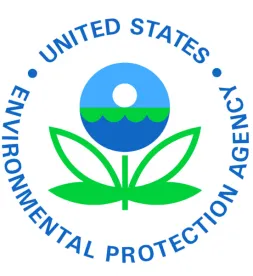Today, U.S. Environmental Protection Agency (“EPA”) Acting Administrator Andrew Wheeler announced from Region 3 in Philadelphia, what EPA is describing as the most comprehensive cross-agency action plan in the history of EPA – the Action Plan for per- and polyfluoroalkyl substances (“PFAS”). The PFAS Action Plan has five primary components:
-
EPA is moving forward with the process to establish a federal Maximum Contaminant Level (“MCL”) under the State Drinking Water Act for perfluorooctane sulfonate (“PFOS”) and perfluorooctanoic acid (“PFOA”), which will include examination of other types of PFAS. If EPA does, in fact, adopt an MCL – a lengthy process – that MCL may become an applicable or relevant and appropriate requirement (“ARAR”) under the Comprehensive Environmental Response, Compensation, and Liability Act (“CERCLA”). Remedy selection under CERCLA requires consideration of protectiveness and ARARs. For groundwater, the ARARs are the Maximum Contaminant Level Goals or the Maximum Contaminant Levels. That means, if EPA adopts a federal MCL, it might turn into a de facto cleanup standard for groundwater.
-
Continuing enforcement actions – EPA is currently involved in eight direct enforcement actions. EPA initiated the regulatory development process for listing PFOA and PFOS as hazardous substances under CERCLA. EPA plans to release interim groundwater cleanup recommendations.
-
Expanding monitoring by including PFOA/PFOS for the second time on the list of chemical contaminants for the next Unregulated Contaminant Monitoring Rule (“UCMR”) and considering PFOA/PFOS data for the Toxic Release Inventory.
-
Expanding research efforts, including fate and transport pathways.
-
Risk communications.
EPA has not set a new MCL since the Safe Drinking Water Act was passed in 1996 – that means, EPA is “charting . . . new territory” and timing remains unclear.



 />i
/>i

